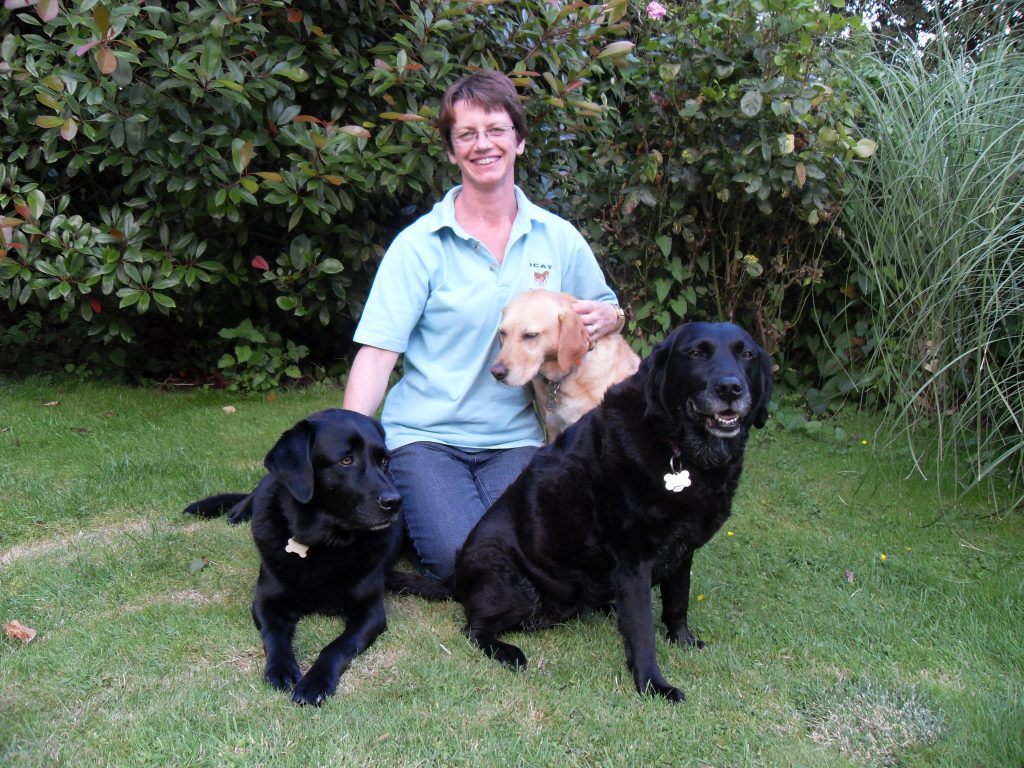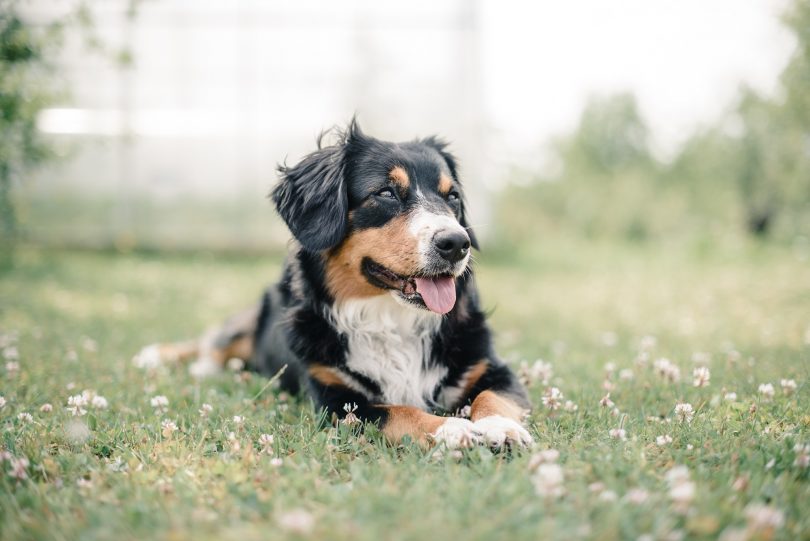I qualified as a canine remedial massage therapist over 3 years ago and in that time I’ve seen the demand for complementary animal therapies grow considerably, particularly in the dog world. Next to humans, horses have been the biggest recipients of complementary therapies for many years. Horse owners and riders have understood the need to have their horses backs checked by chiropractors and have used massage to prepare for events or to help ease damaged muscles after events. Now with the rise in canine sports such as agility, flyball and canicross and activities such as obedience work and heel work to music, not to mention the rise in numbers of assistance dogs, search and rescue dogs, sniffer dogs and medic alert dogs the realisation that these dogs need to be kept in top condition has meant that many owners and trainers are looking for ways to maintain fitness levels and optimise performance. The dog food industry has responded by producing wider ranges of foods to suit different activity levels and needs. There has been a greater emphasis on good natural ingredients with added nutritional supplements to help joints, eyes, digestion, or teeth for example. Research has been done into the nutritional requirements of dogs in order to tailor the food to their needs but in other areas of health support, evidence based research is less readily available relating directly to dogs. However, it is generally accepted that in the field of massage and soft tissue work if it applies to humans it can be applied to dogs too.
Massage is the manipulation of the soft tissues of the body and aims to strengthen and lengthen muscles, remove knots and adhesions and improve blood flow and the removal of toxins from the body. Massage was first documented by the Ancient Chinese in around 2700BC and an early form of sports massage was used on the gladiators of ancient Rome. Massage may have effects on all the systems of the body primarily by its ability to improve the flow of oxygen and nutrients by improving blood flow and on the elimination of toxins by its effects on the lymphatic system. It may also help improve flexibility and range of movement by the physical effect of stretching out tight muscles and removing tension, and may help prevent injury as a more flexible dog is better able to cope with sudden movements or bursts of speed without damaging muscles, tendons or ligaments. The action of massaging aids the body’s natural production of endorphins which raise mood and reduce pain. Most dogs are suitable for massage but it is used particularly with older dogs with age related joint stiffness; dogs with conditions such as hip dysplasia and arthritis; and dogs with damaged cruciate ligaments or those recovering from other accidental soft tissue injuries. It is used proactively in sporting dogs to maintain performance in the same way as a massage therapist would be asked to work with a human athlete.

Anecdotal evidence certainly indicates that massage has very positive effects on dogs. Owners of dogs I have worked with report their dogs can walk further and faster, have more energy, are more sociable and generally seem happier. As our dogs get older we sometimes see their withdrawal from activities as being a natural consequence of getting older and wiser and leaving play to the younger dogs. It has been found that 80% of senior dogs have arthritis which can be painful and which restricts movement. Sometimes our older dogs feel their bed is the safest place to be to reduce the risk of pain inducing bumps and knocks. Massage can help stretch out shortened muscles to allow a greater range of movement leading to greater flexibility and less discomfort which in turns makes our older dogs more willing to join in again.
All good complementary animal therapists will work alongside the traditional treatments your veterinarian provides but allow owners another option when looking to support their animal’s health and well being.
As Plato said of the body way back in 400 BC “a part can never be well unless the whole is well.” The use of complementary therapies allows us to look at the health of our animals in a holistic and non-invasive way.




